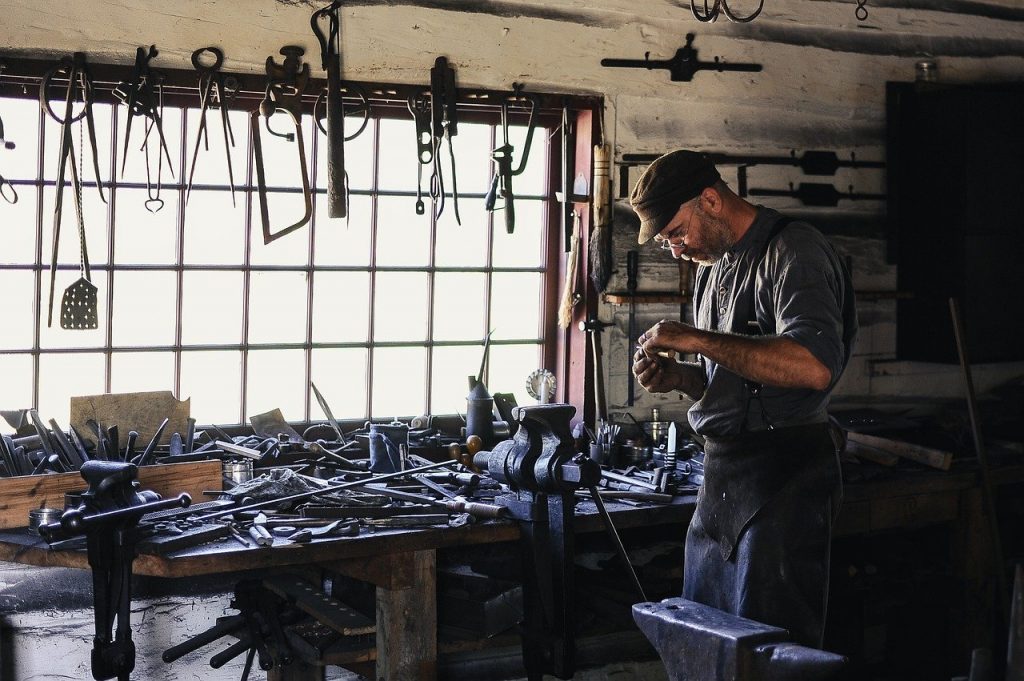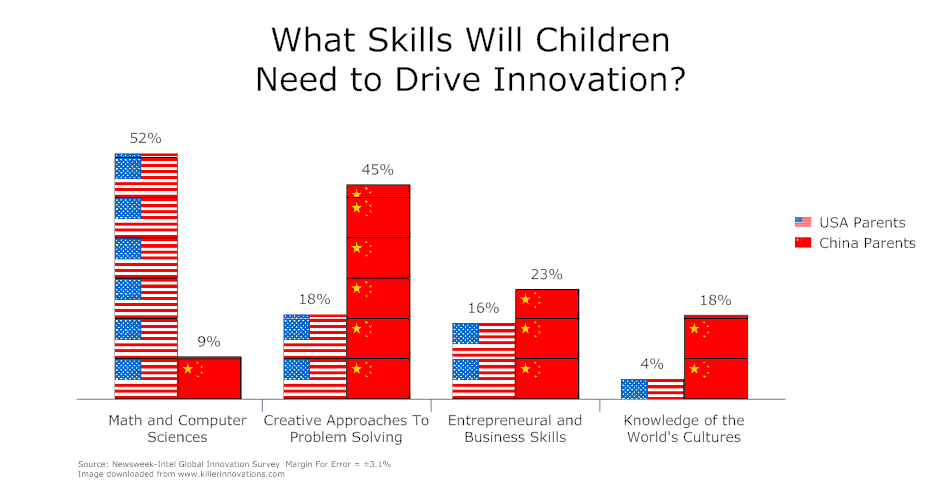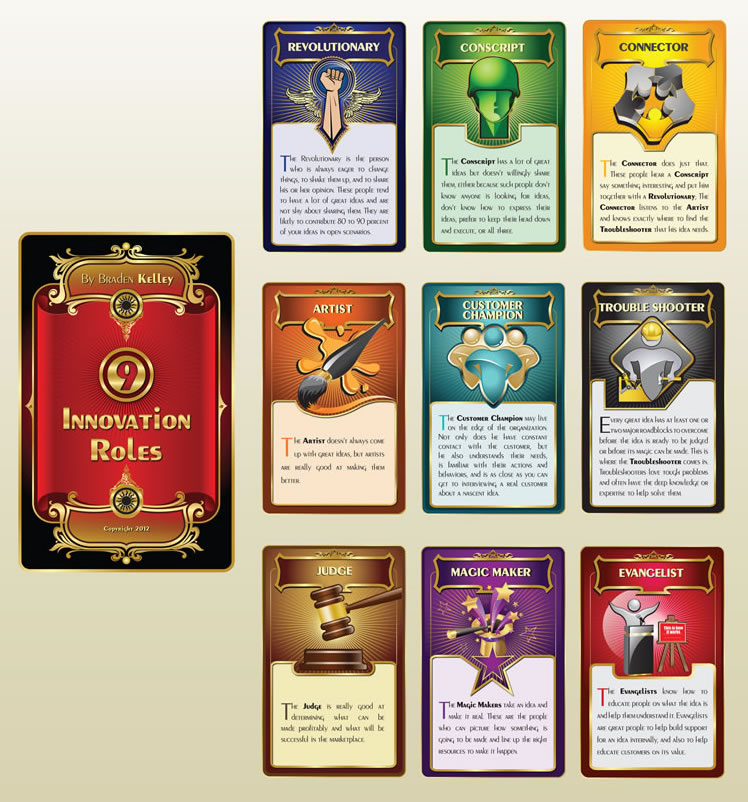
Employers today are having trouble finding good workers and resent having to train them after the educational system is done with them. The skills gap – the difference between the skills needed on the job and those possessed by the applicants – is plaguing human resource managers and business owners looking to hire productive employees.
But will No Child Left Behind and a steep increase in federal education standards fix the problem or make it worse?
Most people would agree that our education system is no longer up to the task required for maintaining innovation leadership. The battle lines are drawn around exactly how to fix the problem. While China is focused on introducing more creativity into their educational curriculum, many in the United States feel that more Science, Technology, Engineering, and Mathematics (STEM) education is the cure to what ails our innovation standing. The right path to take is not clear and so there are a lot of educational experiments taking place trying to find a better way forward.
But, we are approaching the skills gap in the wrong way. Employers need employees with more skills, not more education, and there is a subtle but important difference between skills and education.
Education comes through study. Skills come through practice.
We have a skills gap because our educational system is too focused on education and doesn’t focus enough on skills development. We need to focus more attention on teaching children that learning is an important and lifelong pursuit, and then teach them how to learn so they can easily acquire whatever skills they need through practice.
In an era in which almost any kind of knowledge work can be outsourced to India, the Philippines or elsewhere, we do our children a disservice if we prepare them for commodity work instead of the insight-driven, innovation-focused, highly-competitive workplace of the future. Our current education system is over-engineered around standardized tests and a single correct answer, and has very little tolerance for considering multiple “right” answers or why the right answer might be wrong.
We’ve re-architected our information technology infrastructure several times over the past few decades, yet our educational architecture remains unchanged. It is time to change the goals and expected outcomes for our entire educational system.
First, we must stop educating children and start educating families to close the gaps in basic academic skills, higher-order thinking skills, and personal qualities that face employers. Second, we need to spend less time memorizing data that can be easily accessed, and instead focus on extracting insights from available information and data.
According to Dr. Jacquelyn Robinson, a community workforce development specialist with the Alabama Cooperative Extension System, “Creativity, once a trait avoided by employers, is now prized among employers who are trying to create the empowered, high-performance workforce needed for competitiveness in today’s marketplace.” We too must invest in instilling creativity in our children.
We need to spend more resources towards skill building. We need to transform teachers into tutors, proctors into facilitators, and shepherds into guides that assist students in discovering where their passions lie and help them engage in collaborative, project-based learning that builds the lateral thinking and problem solving skills that will drive today’s innovation economy.
At the same, we need to stop treating children as fungible commodities and instead re-architect our educational system to provide equal measures of general education, skills development, and passion discovery/practice.
So we need to learn more about passion identification and find ways to help children maximize their inherent gifts.
To close the skills gap, we need to stop thinking about how to make the current education system better and instead define what we now need our education system to achieve.
We need to experiment to identify new methods and structures to underpin an innovative education system in this country, and then find ways to scale the most promising solutions.
This article originally appeared on The Atlantic but it’s gone missing
![]() Sign up here to get Human-Centered Change & Innovation Weekly delivered to your inbox every week.
Sign up here to get Human-Centered Change & Innovation Weekly delivered to your inbox every week.

 ‘Who should be responsible (if anyone) for trend-spotting and putting emerging behaviors and needs into context for a business?’
‘Who should be responsible (if anyone) for trend-spotting and putting emerging behaviors and needs into context for a business?’ Here was my response:
Here was my response:



 The biggest danger to the cause of advancing innovation when it comes to the engineering and marketing departments is that the relationship develops into one without constructive conflict and without healthy collaboration. For innovation to be repeatable in an organization these two sides must share openly, have their perspectives valued, and contribute to a conversation. Marketing and engineering hear different aspects of the voice of the customer in their interactions with them, and they approach solutions to problems in different ways.
The biggest danger to the cause of advancing innovation when it comes to the engineering and marketing departments is that the relationship develops into one without constructive conflict and without healthy collaboration. For innovation to be repeatable in an organization these two sides must share openly, have their perspectives valued, and contribute to a conversation. Marketing and engineering hear different aspects of the voice of the customer in their interactions with them, and they approach solutions to problems in different ways.